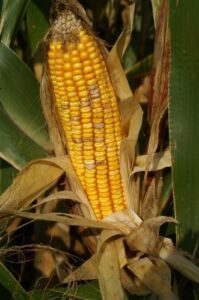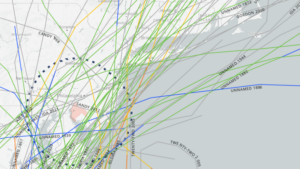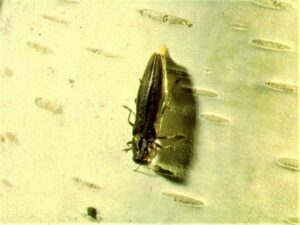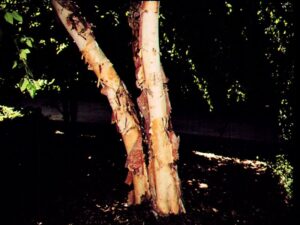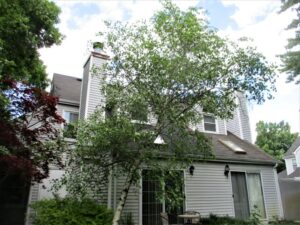European corn borer (ECB) is one of the three major caterpillar pests of sweet corn. ECB has two to three generations per year in New Jersey. Adult moths emerge in late April and May, mate and begin laying eggs on the undersides of corn plants. Typically, eggs are laid on whorl stage plants. Damage occurs as larvae hatch and bore through the leaves to get to the center of the stalk where the tassel is forming. As the plant progresses to the pre-tassel stage, ECB larvae may be found feeding in the newly emerged tassels. Once the tassel spreads and begins to shed pollen, larvae migrate down the stalk and bore back into the stalk at leaf axils or into the developing ears. The latter event results in unmarketable ears.
Find adult ECB population activity (population maps and interpretive information as well as current occurrence and severity of crop damage) published throughout the growing season at:
- Rutgers Plant and Pest Advisory
- ECB population maps http://www.pestmanagement.rutgers.edu/IPM/Vegetable/Pest%20Maps/maparchive.htm#2014
It is important that growers use the above sites to determine when to begin field scouting. While sweet corn plants can tolerate significant injury when in the vegetative stages, ECB must be controlled prior to the development of ears or that marketable portion of the crop will be lost.
The first generation of the year, when larval damage peaks in mid-June is typically the most difficult to manage. It is often not possible to eliminate the threat with one insecticide application; however the most critical application is one timed for the plant’s transition from pre-tassel to full tassel. This is when there is maximum exposure of the larvae to the spray material. If the number of plants infested is above 12% at any time prior to full silk, an insecticide application should be considered. After the planting is in full silk, the majority of ECB larvae still alive will have bored back into stalks or ears and will be unreachable by sprays. See the NJ Commercial Vegetable Production Recommendations for labeled insecticides.
- ECB egg mass.
- ECB Adult female & male
- ECB larva.
- ECB whorl damage.
- ECB tassel damage.
- European corn borer
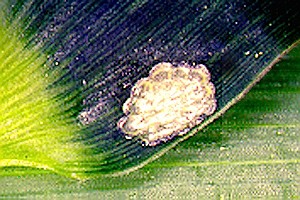
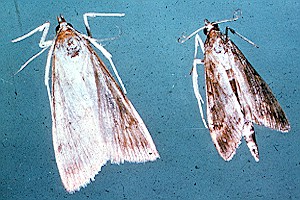
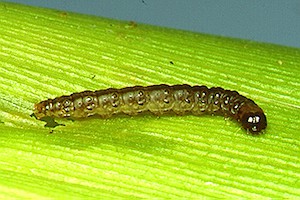
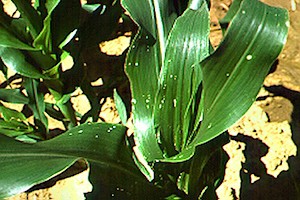
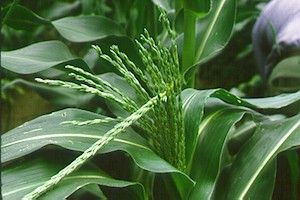
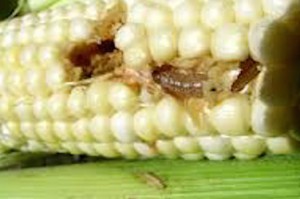
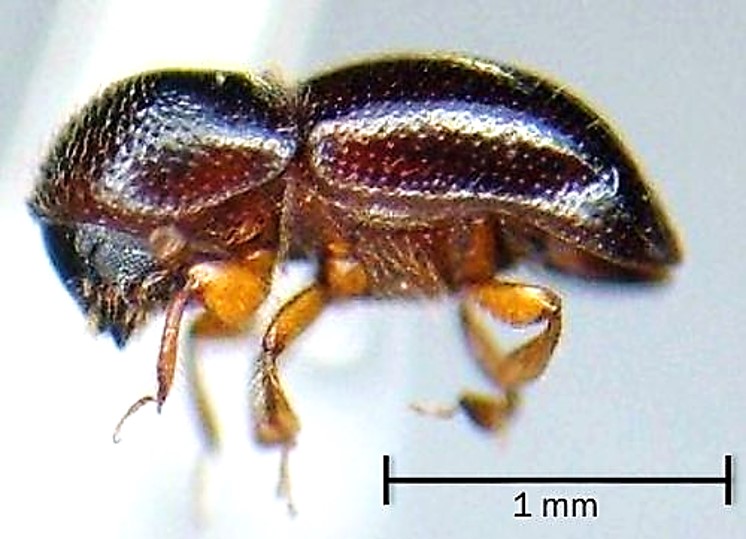
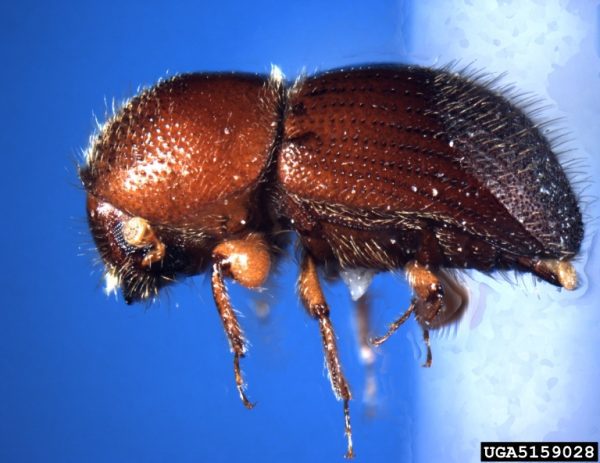
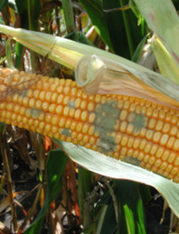 Aspergillus mold species often show up after drought conditions, posing a significant risk of aflatoxins in the corn crop if present. Aspergillus molds are carcinogenic to people and cause losses in livestock and poultry. Combine operators and elevator operators should take precautions against inhaling fungal spores. Signs of Aspergillus ear rot include evidence of powdery olive-green mold on the ear tip or on kernels in the ear.
Aspergillus mold species often show up after drought conditions, posing a significant risk of aflatoxins in the corn crop if present. Aspergillus molds are carcinogenic to people and cause losses in livestock and poultry. Combine operators and elevator operators should take precautions against inhaling fungal spores. Signs of Aspergillus ear rot include evidence of powdery olive-green mold on the ear tip or on kernels in the ear.